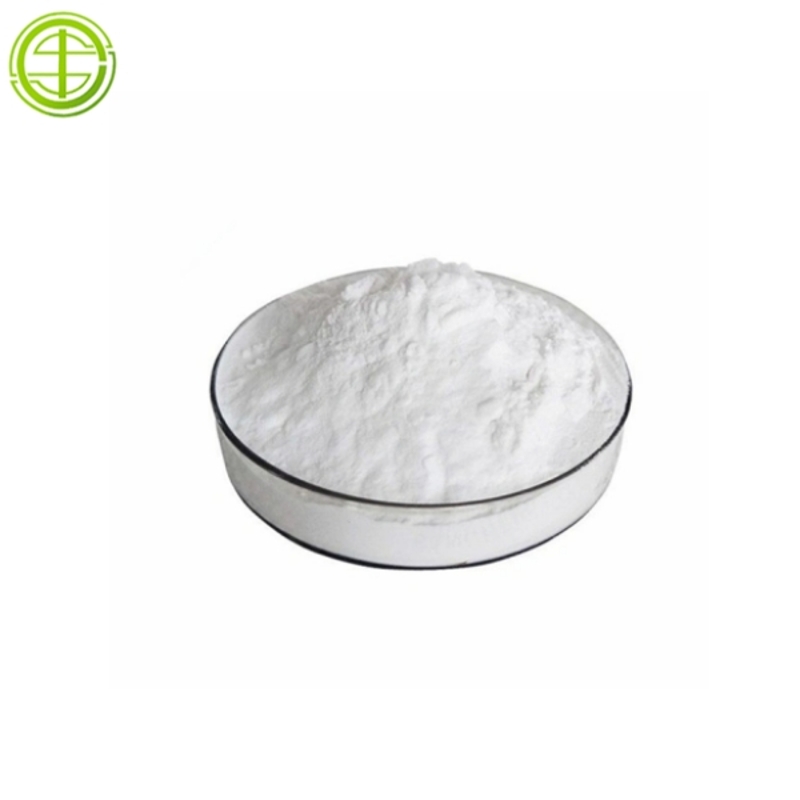-
Categories
-
Pharmaceutical Intermediates
-
Active Pharmaceutical Ingredients
-
Food Additives
- Industrial Coatings
- Agrochemicals
- Dyes and Pigments
- Surfactant
- Flavors and Fragrances
- Chemical Reagents
- Catalyst and Auxiliary
- Natural Products
- Inorganic Chemistry
-
Organic Chemistry
-
Biochemical Engineering
- Analytical Chemistry
- Cosmetic Ingredient
-
Pharmaceutical Intermediates
Promotion
ECHEMI Mall
Wholesale
Weekly Price
Exhibition
News
-
Trade Service
remote sensing imaging or the ability to identify olive trees infected by harmful bacteria.
Italian researchers recently scanned the entire olive grove using a new airborne remote sensing imaging method to identify olive trees infected by harmful bacteria before they showed visible symptoms. The scanning method, which can be deployed by aircraft or drones, could help control the spread of infection and save the iconic olive trees of southern Europe. The paper was published online
Journal.
is a very destructive bacteria, spread through common stinging insects, can cause a variety of plant diseases. Olive trees are particularly vulnerable to the bacteria, which can cause the olive branches to dry out and leaves to become charred. Italy has been hit by leaf coke bacteria, and olive trees that have been in the trees for hundreds of years have been damaged. Olive trees are widely grown throughout the Mediterranean and are essential to the rural economy, local cultural heritage and the environment.
Pablo Zarco-Tejada of the Joint Research Centre of the Council of Europe in Ispra, Italy, and colleagues installed a special camera on a small aircraft to perform hyperspectral imagery and thermal analysis of the forest, and then to test the ground for a woody bacillus infection in olive trees. They found that the bacterial infection could be detected remotely before any visible symptoms appeared in the infected tree, allowing them to quickly and accurately map the location of olive trees in the target forest that were infected with the genus Woody Bacillus.
that the genus woody bacillus, which was originally common in the Americas, has only been discovered in Europe in recent years and is now spreading in the Mediterranean. In the Olive Oil-producing region of Italy, many forests have been destroyed as a result. According to the relevant departments, because the pathogen and its vector host is very widespread, once found outdoors, there is no record of successful eradication. The only way to stop the disease from progressing is to cut down infected trees, and early diagnosis is key to effective disease control. (Source: Tang One Dust, China Science Daily)







